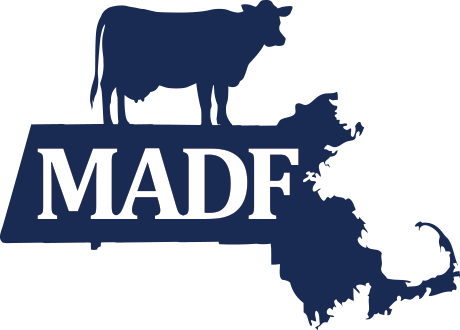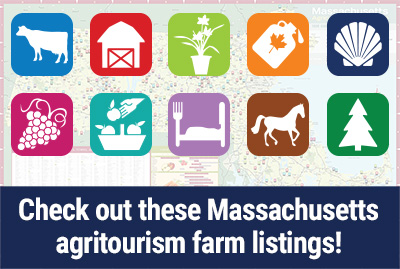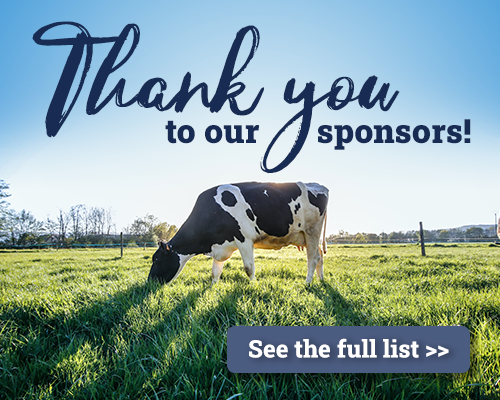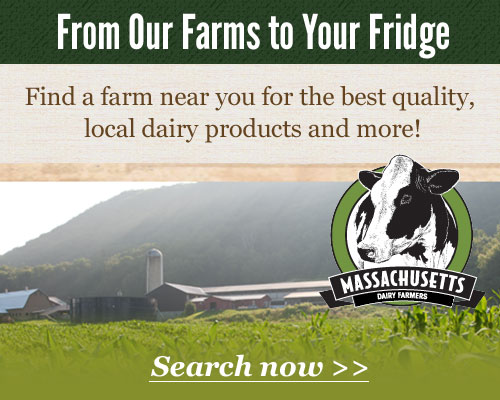Hey, that’s not ‘just’ a hayfield
Posted on berkshireeagle.com, written by Sarah Gardner—June 25, 2024
Nothing says summer in the Berkshires like haying season.
Farmers are in the fields mowing, raking, tedding and baling grass, leaving behind round bales of dried hay or wrapped bales of haylage — the giant marshmallows of fermenting grass.
Hayfields are more than pretty; they produce essential animal feed. Artists through the ages have paid homage to hay, from Breugel’s “Hay Harvest” to Van Gogh’s “Haystacks” to John MacDonald’s contemporary Berkshire landscapes. Modern civilization wouldn’t have been possible without hay.
It’s National Dairy Month and time to be thankful for the Berkshires’ cows, dairy farmers and the hay harvest. Domestication of animals enabled humans to transition from a hunter-gatherer existence to pastoralism, thanks to a reliable source of protein. Grass or hay (dried preserved forage) is the basis of beef and milk, and of course, ice cream, as Jamie Pottern of American Farmland Trust reminds us. In cold climates, cows can’t graze year-round: hay allows them to survive through the winter and produce milk, too. Grass and milk are inextricably linked through the magic of the ruminant’s four-compartment stomach. As Wally Chenail of Chenail Brothers Dairy Farm put it, “You take grass and run it through a cow and she transforms it from a protein that’s indigestible to humans into a protein-packed food we can use.”
Hayfields are critical to food security in the Berkshires, where the rocky clay soils and hilly topography are especially well-suited to growing grass and less ideal for vegetables.
People often say “that’s just a hayfield,” implying that the land could be better used growing food for people. Hay is a misunderstood and under appreciated crop, perhaps because “it looks to some like an overgrown lawn,” Conway grass farmer Jae Silverman told me. Hay is crucial, making up at least half of cows’ diets. Hayfields might not look like typical crops, but they are carefully maintained perennial grasses that continue to produce year after year.
If you look up hay in a botany guide, you’ll draw a blank. It’s not one plant but a mix of grasses — rye, timothy, brome and orchard grass — and legumes like alfalfa and clover. That blend makes for ideal livestock nutrition. Watered by rain, fertilized by manure and rarely in need of tilling or seeding, hayfields are paradigms of regenerative agriculture that preserve root structure, improve soil health, sustain biodiversity and store carbon. The Berkshires’ productive grasslands are agro-ecological systems that provide critical habitat for wildlife and birds.
Hayfields are in short supply. “Our farmers are desperate for hay land–there’s just not enough farmland” said Kathy Orlando, executive director for land protection at the Sheffield Land Trust. “You won’t have any dairy or meat without hayfields.” The droughts and floods of recent summers reduced yields, and farmers often scramble to buy hay from New York state. One round bale costs about $100. The county is a net importer of hay; we have lost 2,200 acres of hayfields in the past 20 years. Development pressures on fields are intense because they are appealing for house lots, and farmers can’t compete in the land market. Only 15 percent of the state’s farmland is protected.
Massachusetts is more self-sufficient for dairy than any other food. The Berkshires are one of the top dairy producing counties, but the number of farms has dwindled to 16, with only 95 dairy farms left in the state. Farmers face countless challenges: land shortages, labor shortages, high prices, loss of farm services and erratic weather. To retain our local farms, we must support them, and to ensure regional food security, we need to build our food system.
You can help. Non-farmer land owners are critically important to our farms. If you own arable land, you can help sustain our farms. Even small plots are in demand. Reach out to a local farmer, agricultural commission or land trust. They typically grow hay and other crops and pasture cows on leased land owned by several different owners; this land is critical to our food system.
In this era of global upheaval, famine and climate chaos, witnessing the hay harvest gives us some assurance that our farmers are still farming, the cows will eat this winter and milk is still being produced in the Berkshires.









